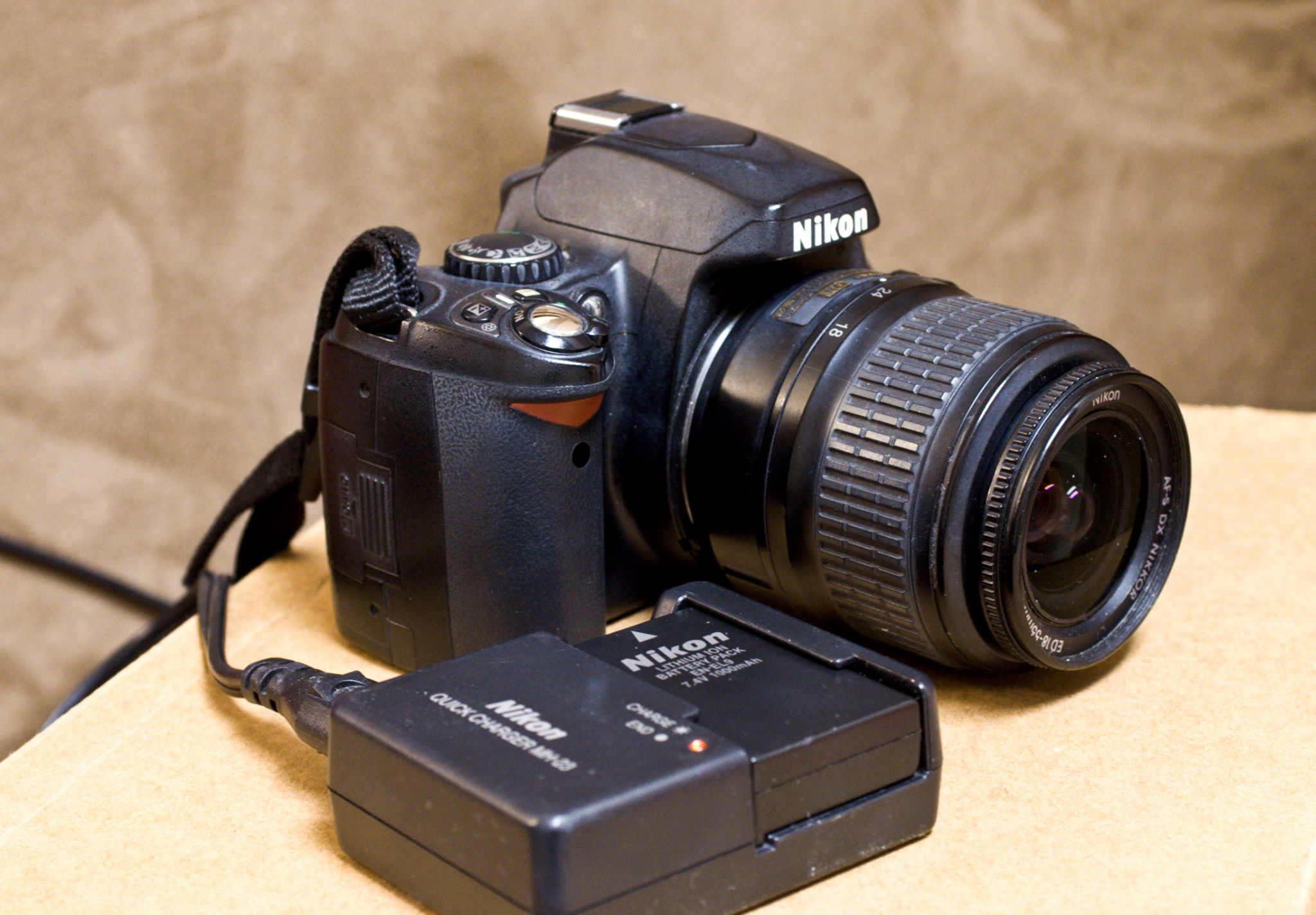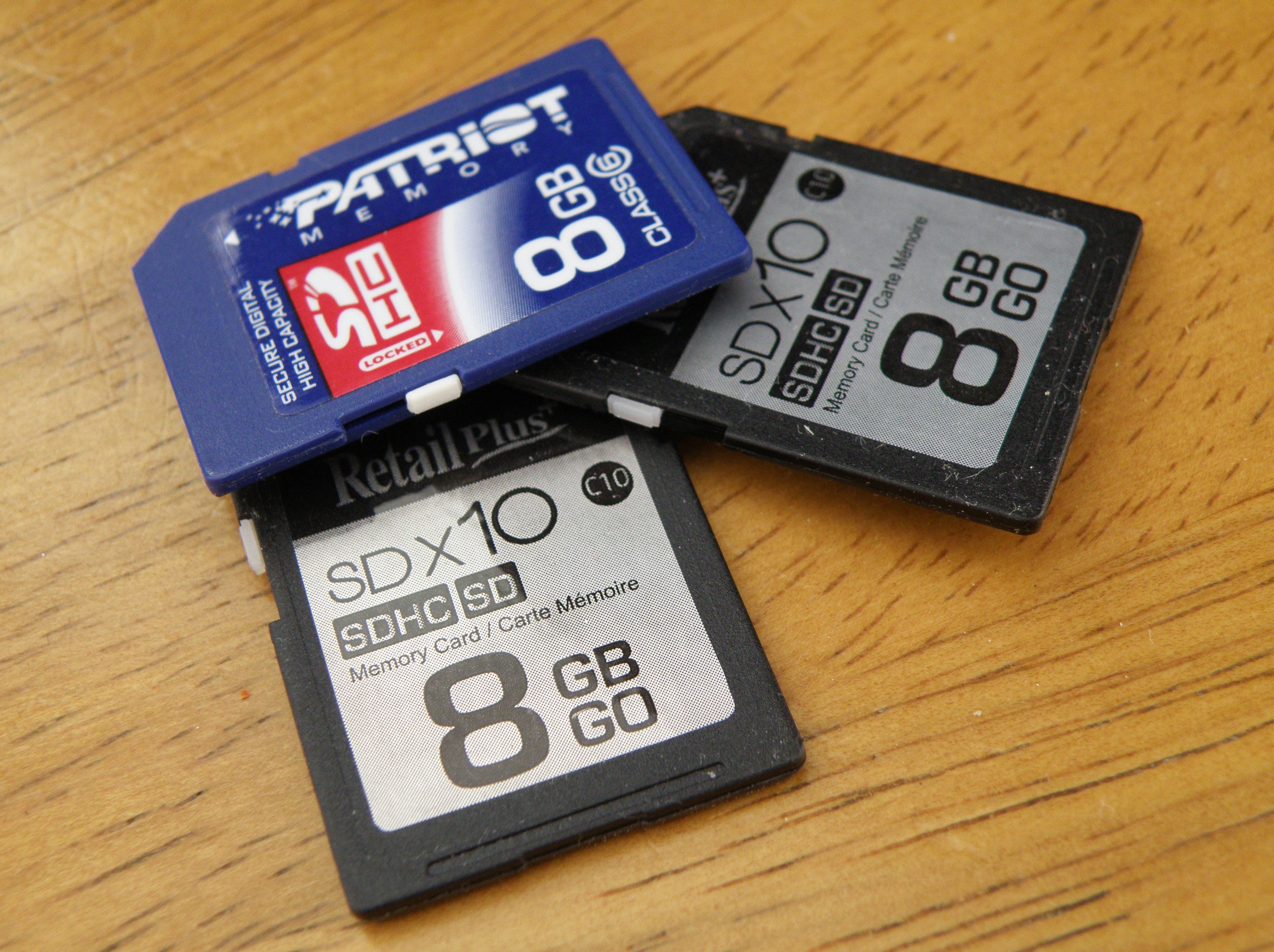The gear listed here is the bare minimum of what you’ll need to complete this course. It’s not very long, because you really don’t need that much to begin your photography journey.
Essential Gear
A Camera or phone camera
You do not need a fancy, snazzy camera – though if you have one, you’ll enjoy using it. DSLRs and mirrorless cameras come with more options, but many phone cameras can take a shot that (at least at a small size) will be just as good as one from a big camera. The point of this course is how to use your camera, not to force you to get a more expensive camera. It will be helpful if your camera or phone camera has some manual controls (specifically, the ability to set shutter speed, aperture (f-stops), and ISO/exposure). Some point-and-shoot cameras and phone cameras have access to one or more of these manual features (sometimes called A or Av (aperture priority mode), S or Tv (shutter priority mode), and Exposure or ISO). Most DSLR cameras and mirrorless cameras have these and more manual features. If you don’t have manual controls, don’t worry – you’ll still be able to complete most of the lessons and you should at least read the lessons to know how your camera works. If an assignment requires one or more manual controls, I will try to give an alternative exercise in case your camera doesn’t have access to that control.

Camera battery & charger or phone charger
You’ll need a way to charge your camera – an extra battery is helpful, but it’s not required. You will want to have a full battery before going out to take photographs.

Lenses (DSLR/Mirrorless cameras only)
If you have a DSLR or a mirrorless camera, you’ll need to have at least one lens. Any general lens can be used for this course: a kit lens, a “nifty fifty,” or a standard zoom lens (for example, 24-70mm or 18-55mm). A macro lens, wide-angle lens, and/or zoom lens may be helpful for some of the assignments, but they are not required.

Memory cards (cameras only)
Choose a memory card that has enough memory to take quite a few photos. I personally use SanDisk 32GB, 64GB, or 128GB SD cards. No memory card is required for camera phones, but you’ll need enough storage space (either on the phone or in cloud storage) to take pictures. Let’s move on to Optional Photography Equipment.
